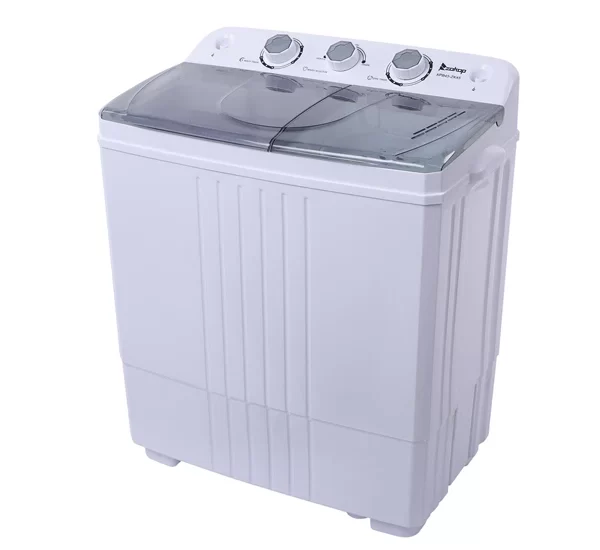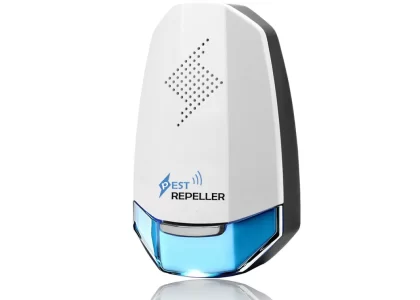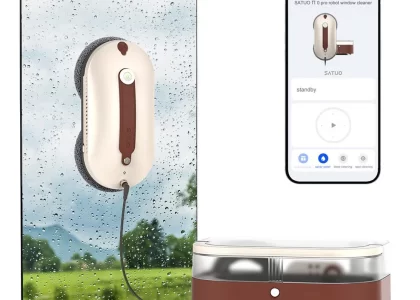Washing machine not spinning or draining
Washing machines are essential home appliances that ease the burden of laundry. However, sometimes they may fail to spin or drain, causing inconvenience. This article aims to provide a detailed guide on how to troubleshoot and fix these problems. Whether you’re an expert or a novice, these tips will guide you through the process.
 Introduction-Washing machine not spinning or draining
Introduction-Washing machine not spinning or draining
When a washing machine does not spin or drain, it can disrupt your household routine. This issue can be caused by various factors. Fortunately, most of these problems are easy to diagnose and fix. This article explores common causes and solutions for a washing machine not spinning or draining.
Some common types of washing machines:
Washing machines come in various types, each designed to meet different laundry needs and preferences. Here are some common types of washing machines:
- Top-Loading Washing Machines
- Agitator Top-Loaders: These have a central post with paddles that move clothes around for cleaning.
- High-Efficiency (HE) Top-Loaders: These use less water and have no agitator, relying instead on impellers to move laundry.
- Front-Loading Washing Machines
- Front-Loading Washing Machines have doors on the front and tumble clothes through water. They are generally more energy-efficient and use less water than top-loaders.
-
Washer-Dryer Combos
- These units combine a washing machine and a dryer in one appliance. They are ideal for small spaces where separate units wouldn’t fit.
- Stackable Washing Machines
- A front-loading washer and dryer can be stacked on top of each other to save space.
- Portable Washing Machines
- Portable Washing Machines are smaller units that can be easily moved and stored. They are perfect for apartments or places where a full-sized washer isn’t feasible.
- Compact Washing Machines
- Smaller than standard machines but permanent and typically installed under-counters or in closets.
- Automatic Washing Machines
- These can be either top-loading or front-loading and include features like automatic water level sensing, various wash cycles, and sometimes even smart connectivity.
- Semi-Automatic Washing Machines
- These usually have two tubs, one for washing and one for drying. The user has to transfer clothes manually from one tub to the other.
Each type has its pros and cons, so the best choice depends on individual needs, space constraints, and laundry habits.
 Several issues:
Several issues:
If your washing machine is not spinning or draining properly, it can lead to several issues:
- Inefficient Cleaning: Clothes may remain dirty or soapy because the water is not being expelled properly.
- Water Damage: Accumulated water in the machine can overflow, causing damage to your laundry area and possibly leading to mold or mildew growth.
- Wear and Tear: Continuous operation in a faulty state can put additional strain on the machine’s components, potentially leading to more severe and costly repairs.
-
Time Consumption: You may have to manually drain or wring out the clothes, which is time-consuming and inconvenient.
- Increased Utility Bills: Inefficient operation can result in higher energy and water consumption.
- Health Hazards: Standing water can become a breeding ground for bacteria and unpleasant odors, posing a sanitation risk.
- Safety Concerns: Persistent issues could pose electrical risks if water reaches the machine’s electrical components.
To avoid these hazards, it’s crucial to have the washing machine inspected and repaired by a professional technician promptly.
Before diving into the solutions, it’s essential to understand the common causes and symptoms of a washing machine that won’t spin or drain. These insights will help you pinpoint the issue quickly.
Clogged Drain Hose
A common cause of a washing machine not draining is a clogged drain hose. Debris, lint, or small clothing items can block the hose. When this happens, the machine fails to expel water, leading to drainage problems.
Symptoms:
- Water remains in the drum after the wash cycle.
- Unusual noises during or after the wash cycle.
Faulty Lid Switch
The lid switch is a safety feature in top-loading washing machines. It stops the machine from spinning when the lid is open. If the lid switch is defective, the washing machine won’t spin even when closed.
Symptoms:
- The machine fills with water but does not spin.
- The cycle stops midway without completing the spin process.
Malfunctioning Pump
The pump is responsible for moving water out of the washing machine. If it malfunctions, the machine cannot drain water. This issue can arise due to wear and tear or blockages within the pump itself.
Symptoms:
- A humming noise while the pump tries to operate.
- Water not draining despite a functioning hose.
Belt or Motor Issues
Washing machines rely on belts and motors to spin the drum. Over time, belts can wear out or break, and motors can fail. These issues prevent the drum from spinning effectively.
Symptoms:
- The drum does not turn during the spin cycle.
- Burning smell or unusual noise during operation.
 Step-by-Step Troubleshooting
Step-by-Step Troubleshooting
Now that we understand the common causes, let’s dive into the step-by-step troubleshooting process. Follow these steps to diagnose and fix your washing machine.
Safety First
Before attempting any repairs, prioritize safety. Disconnect the washing machine from the power source. Ensure there’s no residual water inside to prevent electrical hazards.
Step 1: Check the Drain Hose
Inspecting the drain hose is the first step in troubleshooting drainage issues. Here’s how to do it:
- Unplug the washing machine.
- Locate the drain hose at the back of the machine.
- Disconnect the hose from the machine and the drainage system.
- Check for any blockages or debris inside the hose.
- Clean the hose if necessary and reattach it.
If the drain hose is clear and the problem persists, move on to the next step.
Step 2: Inspect the Lid Switch
If you have a top-loading washing machine, the lid switch might be causing the issue. Follow these steps to inspect and test it:
- Open the machine’s lid.
- Use a multimeter to check the continuity of the lid switch.
- If there’s no continuity, replace the lid switch.
- Reconnect the machine and test if it spins.
Step 3: Examine the Pump
A malfunctioning pump can prevent proper drainage. Inspect the pump as follows:
- Remove the machine’s back panel.
- Locate the pump and disconnect it.
- Check for any blockages or damage.
- Clean or replace the pump if necessary.
- Reassemble the machine and test its functionality.
 Step 4: Check the Belts and Motor
Step 4: Check the Belts and Motor
For front-loading washing machines, belts and motors are critical. Follow these steps:
- Unplug the machine and remove the back panel.
- Inspect the belt for signs of wear or breakage.
- If the belt is damaged, replace it.
- Check the motor for any visible damage.
- If the motor is faulty, consider professional repair or replacement.
Preventive Maintenance
Regular maintenance can prevent many issues. Follow these preventive measures to keep your washing machine in good condition:
Clean the Lint Filter
Lint can accumulate and block the drainage system. Clean the lint filter regularly:
- Locate the lint filter, usually near the drum or drain pump.
- Remove and clean it thoroughly.
- Reinsert the filter and secure it.
Check Hoses Periodically
Inspect the drain and inlet hoses for blockages or wear:
- Remove the hoses and check for debris.
- Replace any worn or damaged hoses.
- Ensure hoses are connected securely to prevent leaks.
Use Proper Detergent
Using the right detergent prevents excessive suds, which can impair the washing machine’s performance. Consult the user manual for detergent recommendations.
 Conclusion
Conclusion
A washing machine not spinning or draining can be frustrating. However, with the right troubleshooting steps, you can diagnose and fix the problem efficiently. This guide provides a comprehensive approach to address these issues. By following these steps and performing regular maintenance, you can keep your washing machine running smoothly.
In summary, understanding the common causes and symptoms is crucial. Begin by checking the drain hose, lid switch, pump, belts, and motor. Prioritize safety when handling electrical appliances. Additionally, regular maintenance, such as cleaning the lint filter and inspecting hoses, can prevent future problems.
By following this guide, you’ll be well-equipped to tackle a washing machine that won’t spin or drain. With these tips, you can ensure your appliance remains reliable and efficient, making laundry a hassle-free task.





